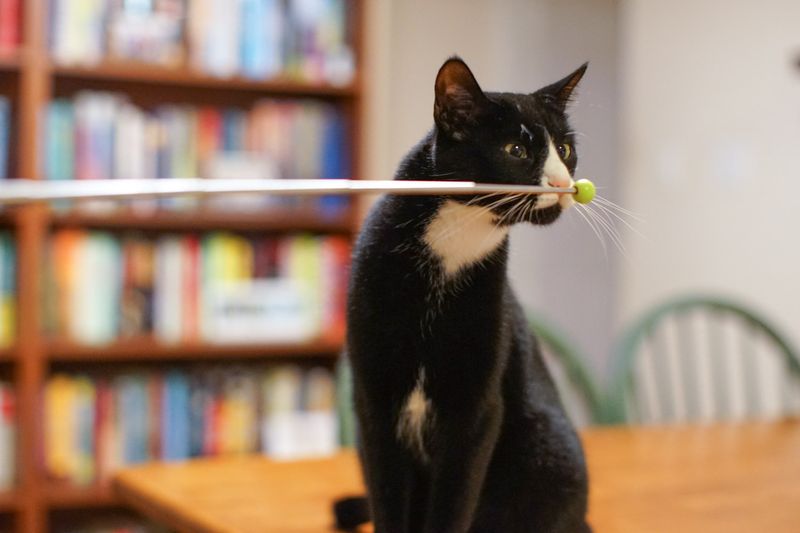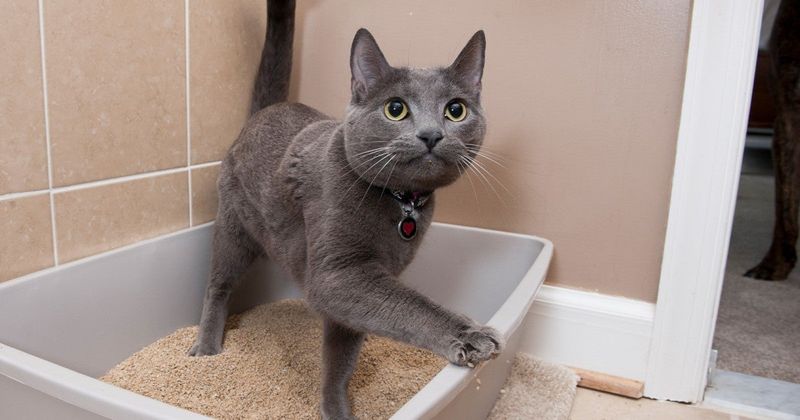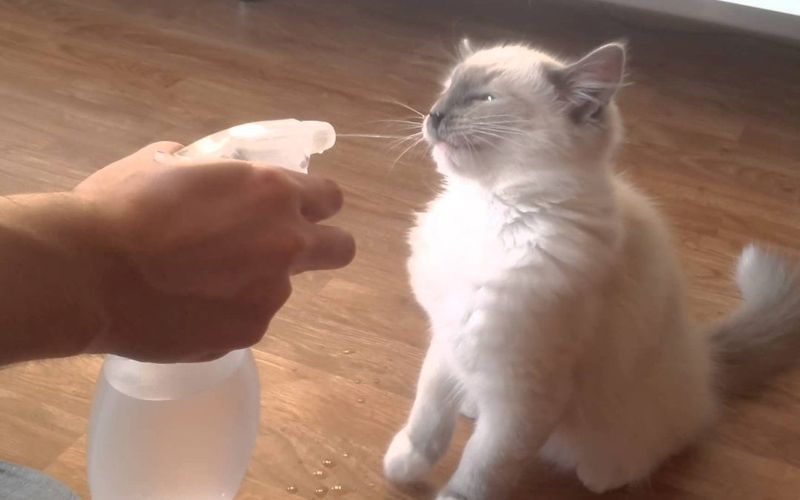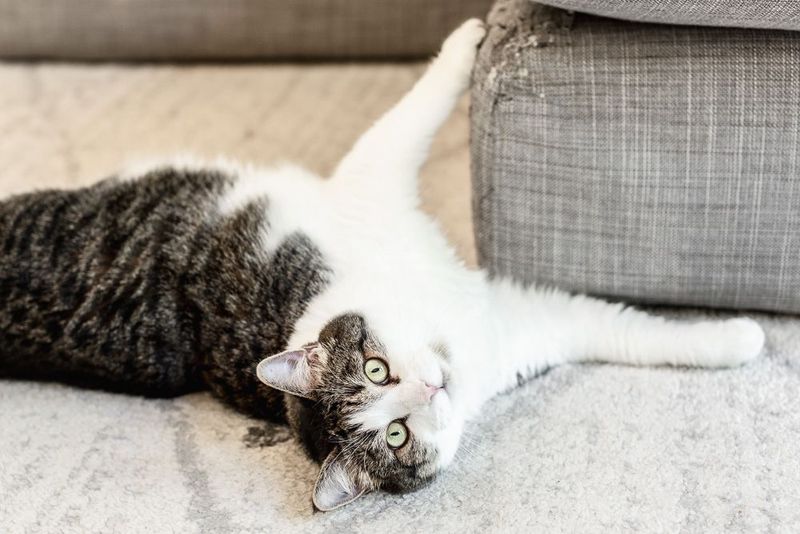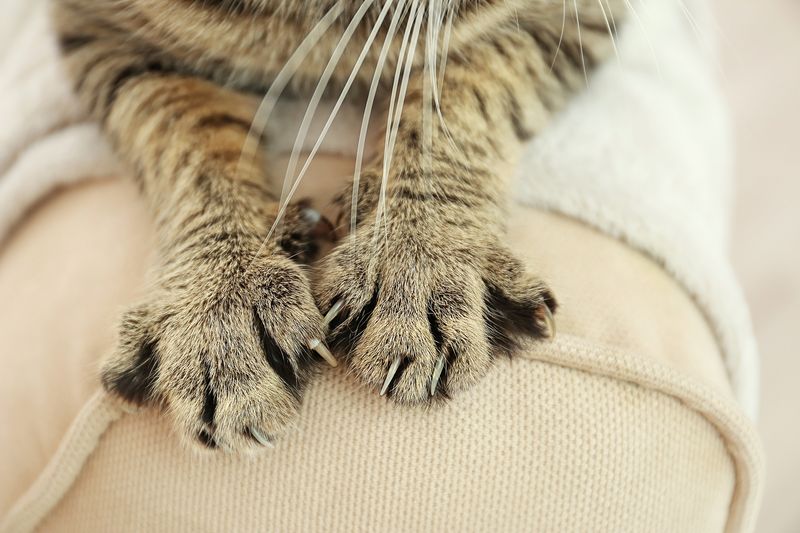📖 Table of Content:
- 1. Positive Reinforcement
- 2. Clicker Training
- 3. Target Training
- 4. Consistency & Routine
- 5. Interactive Play
- 6. Litter Box Training Through Environment Control
- 7. Punishment or Yelling
- 8. Spraying with Water
- 9. Physical Discipline
- 10. Using Strong Scents as Deterrents
- 11. Declawing
- 12. Inconsistent Rules
Cats often get labeled as independent and untrainable, but the truth is far more nuanced. Like any intelligent animal, cats can learn a wide variety of behaviors and responses—when approached with patience, consistency, and the right techniques. Whether you want to redirect unwanted behavior, reinforce positive habits, or even teach tricks, the key lies in understanding how cats perceive cause and effect.
Unlike dogs, cats don’t work for praise alone. They respond best to methods that respect their autonomy, avoid force, and play to their strengths—such as curiosity, sensitivity to routine, and a strong desire for comfort. Training your feline friend doesn’t require dominance or punishment; it requires observation, subtle cues, and trust-building through positive associations.
That said, many cat owners unknowingly use counterproductive methods that not only fail but can also damage the human-cat bond. In this guide, we’ll explore six genius techniques that truly get results—and contrast them with six you should never use. This balanced approach ensures you’re encouraging your cat in healthy ways while avoiding practices that lead to fear, anxiety, or resentment.
1. Positive Reinforcement
Rewarding your cat immediately after they perform a desirable behavior is one of the most effective training strategies available. Rather than relying on dominance or punishment, this method uses rewards—treats, petting, or affection—to create a strong association with the action you want repeated. Timing is crucial; a delay in giving the reward may confuse your cat about what earned it. Keep sessions short and focused so your cat remains interested and engaged. Most cats are food-motivated, so using a favorite treat will go a long way. This approach not only builds trust but also helps foster a calm, curious learning environment. Over time, positive reinforcement teaches your cat that good things happen when they make the right choices.
2. Clicker Training
Introducing a clicker can revolutionize how your cat understands training cues. With every “click” marking the precise moment they perform the correct action, you’re providing instant feedback that’s more consistent than voice alone. Start by clicking and treating several times in a row to create the association between the sound and reward. Once that connection is strong, use the clicker during behaviors like sitting, touching a target, or even high-fiving. As your cat masters basic commands, you can gradually increase complexity while maintaining motivation. Clicker training is especially helpful for cats who may not be responsive to praise or verbal cues. It turns training into a kind of game that taps into their natural inquisitiveness.
3. Target Training
Target training begins with a simple object—like a stick with a small ball at the end—that your cat learns to touch or follow. At first, hold the target a few inches away and reward your cat each time their nose or paw makes contact. Repeating this step creates a foundation of trust and understanding. Eventually, you can use the target to guide your cat to a location, into a carrier, or over small obstacles. This method keeps your cat engaged physically and mentally while offering a clear structure. It’s ideal for building more advanced skills later, such as navigating agility courses or performing tricks. With patience and persistence, target training becomes a bridge to more complex behaviors.
4. Consistency & Routine
Maintaining a predictable environment is a silent but powerful training tool. Cats are creatures of habit, and when routines around feeding, playtime, and even naptime are stable, they feel secure enough to learn. Changes or inconsistencies can result in anxiety, which often leads to undesired behaviors like aggression or avoidance. Using the same verbal cues and reinforcement strategies every time helps your cat connect actions with outcomes more quickly. This consistency builds confidence, which is critical when introducing new behaviors or redirecting bad ones. By anchoring training sessions within familiar routines, you reduce resistance and boost effectiveness. A cat that trusts its environment is a cat that’s ready to engage and learn.
5. Interactive Play
Engaging your cat in active play doesn’t just burn off energy—it’s also an excellent training opportunity. Using wand toys, feather teasers, or even laser pointers encourages natural hunting behaviors that provide both exercise and stimulation. During these sessions, you can introduce commands like “wait,” “pounce,” or “stop” to reinforce self-control and listening. Play also builds positive associations with your presence, which is essential for bonding and trust. Repetition within play helps your cat understand your cues without the stress of formal training. Cats that get regular mental and physical enrichment are more responsive and less likely to act out. Make play a daily ritual, and you’ll find training becomes both easier and more fun.
6. Litter Box Training Through Environment Control
Setting your cat up for success in using the litter box starts with smart environmental decisions. Ensure the box is placed in a quiet, accessible location, away from food and water sources. Cleanliness is critical—scoop daily and change the litter regularly to avoid aversion. If your cat ever has an accident, avoid scolding; instead, reward them when they use the box correctly. Providing multiple boxes in multi-cat households can prevent territorial disputes or crowding issues. Some cats may prefer certain litter textures or box shapes, so observe and adapt based on their preferences. A positive and predictable litter environment reinforces the behavior you want without any conflict or stress.
7. Punishment or Yelling
Raising your voice or punishing your cat for misbehavior may feel instinctive, but it usually backfires. Cats don’t associate yelling with specific actions—instead, they associate it with you, which can lead to fear or avoidance. Rather than teaching what not to do, punishment creates stress, which can increase unwanted behaviors like hiding or aggression. It also damages trust, making future training efforts more difficult. Your cat may become jumpy, distant, or even start avoiding you altogether. Over time, the bond you share can erode, replaced by anxiety and confusion. If your goal is cooperation and communication, punishment simply won’t get you there.
8. Spraying with Water
Using a spray bottle to discipline your cat may seem harmless, but it’s rarely effective long-term. While it might stop a behavior in the moment, it doesn’t teach what’s acceptable—instead, it just makes your cat fear sudden movements or your presence. Many cats learn to engage in the behavior when you’re not around, making the tactic inconsistent. Worse, it can create anxiety or hypervigilance, especially if used frequently. You also risk eroding the trust you’ve built, which is crucial for positive interactions. Redirection and reward-based alternatives are far more sustainable. In most cases, spraying with water causes more issues than it solves.
9. Physical Discipline
Touching, tapping, or hitting a cat in response to misbehavior is not only ineffective—it’s dangerous and cruel. Cats don’t understand physical punishment as a form of correction; they see it as a threat. This leads to heightened stress, fear-based aggression, or even trauma. Injuries can occur, especially in smaller or older cats. Even seemingly light physical reprimands can result in long-lasting behavioral problems. Instead of obedience, what you get is avoidance and mistrust. A loving, cooperative relationship can’t grow when fear is part of the equation.
10. Using Strong Scents as Deterrents
Harsh-smelling deterrents like citrus oils, vinegar, or menthol might keep your cat off furniture temporarily, but they also create an unpleasant environment. Cats rely heavily on scent to feel safe and oriented in their space. Introducing strong odors can confuse them, disrupt territory boundaries, and even lead to avoidance of entire rooms. In some cases, cats may stop eating or using the litter box if these scents are nearby. The stress caused by these deterrents may lead to increased behavioral problems. Gentler redirection—like using double-sided tape or providing appealing alternatives—is more effective. Ultimately, preserving your cat’s sense of comfort is essential for long-term behavior change.
11. Declawing
Declawing is often mistakenly viewed as a quick fix for scratching issues, but it’s actually an amputation that removes part of each toe. This painful procedure can lead to long-term physical and emotional trauma. Cats may develop litter box avoidance due to discomfort, or become more aggressive since they lose a primary defense mechanism. Declawed cats often walk differently, which can cause joint issues or arthritis. Behavioral issues like biting or anxiety are also more common post-declawing. There are far more humane alternatives, such as regular nail trimming or providing sturdy scratching posts. Choosing these paths respects your cat’s well-being while addressing your concerns effectively.
12. Inconsistent Rules
Letting your cat on the kitchen counter one day and scolding them the next only leads to confusion. Cats rely on patterns to understand what’s expected of them. If rules change frequently, they can’t form clear associations between actions and consequences. This inconsistency may cause frustration and unpredictable behavior. Moreover, it weakens any progress you’ve made through positive reinforcement. To train effectively, everyone in the household must follow the same guidelines. A stable framework creates clarity and speeds up learning.



